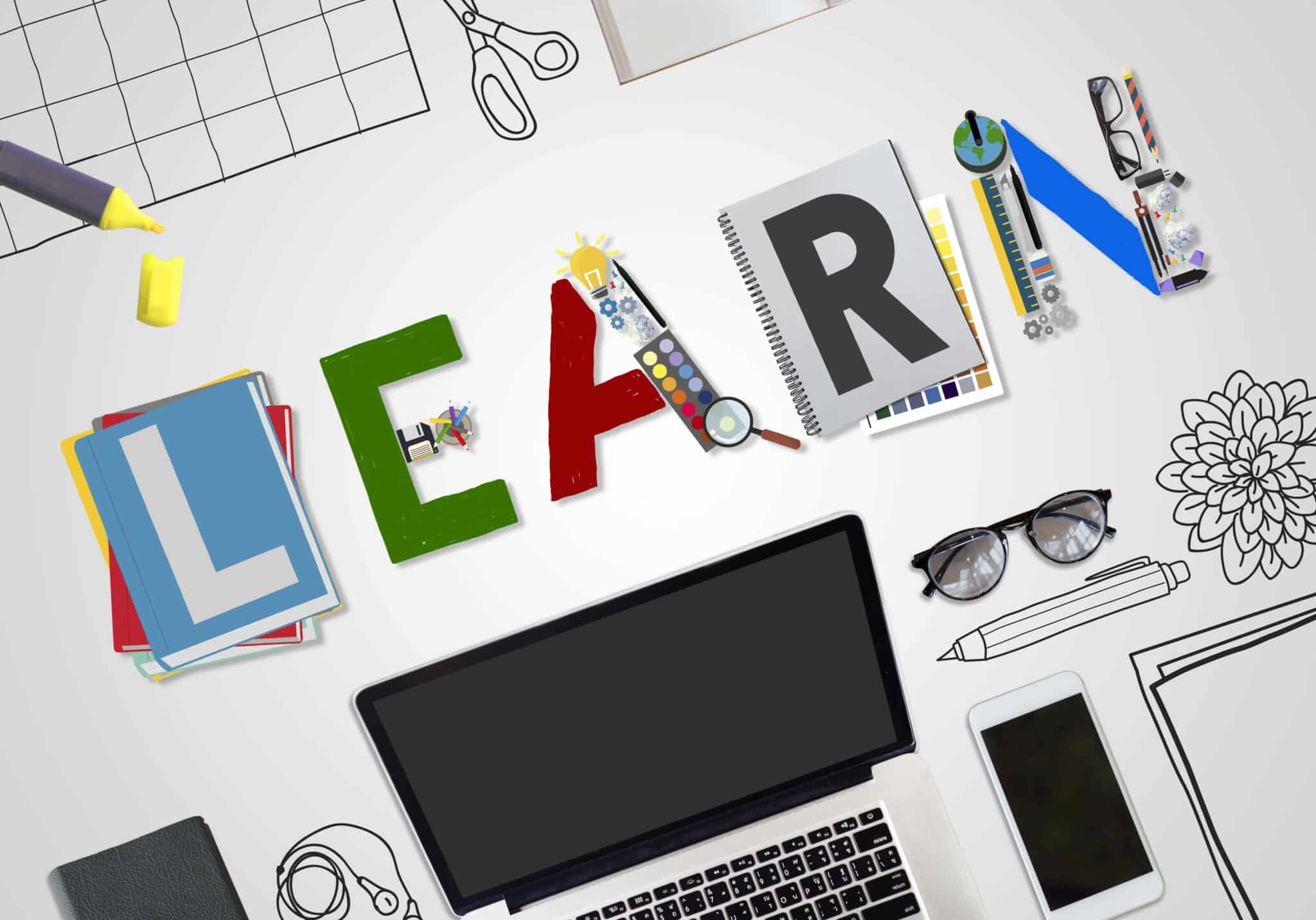There. We said it. Spontaneity is overrated.
It’s easy to romanticize the idea of being effortlessly witty, charming, or impactful in the moment. But in our experience, what looks like spontaneity is often the outcome of careful thought, structured practice, and years of experience. Whether you’re a leader delivering a keynote or a facilitator standing in front of a new team, the real magic often lies not in the moment, but in what went into preparing for it.
Let’s unpack that with a few examples.
Winston Churchill’s famous 1940 speech to the House of Commons – “Blood, Toil, Tears, and Sweat” – is still remembered today. But what many don’t know is that Churchill memorized every word. Not because he lacked charisma, but because he understood the stakes. His delivery felt powerful and off-the-cuff, but the foundation was preparation.
Similarly, Billy Crystal, the iconic Oscars host, was known for his effortless charm. Yet, as several interviews revealed, his jokes were meticulously scripted, timed, and rehearsed. Each quip felt like it came straight from the heart, and that was precisely because he had practiced it enough to make it feel that way.
In our world of learning and development, especially while facilitating corporate training programs, we’ve observed something similar. We’re often told, “You made that session so engaging! It felt like everything just flowed.” But here’s the truth: that “flow” is a result of hours spent internalizing the content, anticipating questions, planning transitions, and scripting even the parts that look unscripted.
The Spontaneity Myth in Corporate Learning
Table of Contents
There’s a common perception that being quick on your feet or improvising is the hallmark of a great facilitator or leader. And while adaptability is certainly important, in our experience, the most successful leaders and facilitators are the ones who have done their homework.
Preparation doesn’t kill spontaneity. It enables it.
In fact, the best facilitators we know have:
- Practiced their opening lines and icebreakers
- Rehearsed transitions between modules
- Prepared stories and metaphors that bring concepts alive
- Anticipated the “tough questions” participants might ask
- Created backup plans for tech failures, reluctant participants, or last-minute agenda changes
When you’ve prepared this thoroughly, you can afford to be spontaneous – because the foundation is so solid, you’re not thrown off balance easily.
Related Reading: Facilitating with Excellence
Why This Matters for L&D Professionals
From an L&D perspective, this insight is especially critical when designing programs for first-time managers, senior leaders, or cross-functional teams. It’s tempting to lean on charisma or confidence – especially for those who are naturally good communicators. But over the years, we’ve seen that preparation often beats personality when it comes to delivering sustainable outcomes.
Here’s what we’ve noticed:
- Participants are more engaged when the facilitator is able to seamlessly connect the dots
- Confidence goes up when you’re not constantly searching for words
- Learners trust facilitators who sound like they know their stuff (and they should!)
- Learning transfer improves when the experience feels intentional, not improvised
Related Reading: 3 Attitudes for a Facilitator
The Learning Takeaway: Preparation Builds Psychological Safety
Teams thrive when they feel they’re in good hands. And one of the fastest ways to create psychological safety in a workshop or training environment is to signal that you’re prepared. It tells your audience, “I respect your time. I’ve thought about your challenges. I’m here to serve, not just show.”
And yes, that level of preparation builds trust.
The same applies to leadership. Leaders who come prepared to meetings – with facts, clarity, and purpose – build more credibility. Their teams listen, follow, and align. Spontaneity can help in moments of crisis or creativity, but preparation builds consistency. And consistency, as we’ve seen time and again, builds great teams.
But Isn’t Flexibility Important?
Absolutely. There’s a difference between rigid preparation and flexible preparation. The best sessions we’ve seen are the ones where facilitators knew their content so well, they could deviate when needed – without getting lost.
It’s like jazz. You can only improvise beautifully when you’ve mastered your scales.
Being overly scripted can make you sound robotic. But being unprepared often leads to wasted time, unclear messaging, or awkward silences. Striking the balance is an art – and like any art, it gets better with practice.
A Few Lessons We’ve Learned
In our 15+ years of conducting corporate training workshops, here’s what’s helped us (and many of our clients) show up better:
- Plan for the knowns, prepare for the unknowns. Have your content ready – but also anticipate the oddball question, the tech hiccup, the participant who challenges your framework.
- Rehearse like a keynote speaker. Especially if it’s a high-stakes session (think: CXO audience or client-facing rollout), rehearse transitions, opening lines, and key messages.
- Script the first 10 minutes. In our experience, the first few minutes of a workshop set the tone. If you can deliver that part smoothly, the rest becomes easier.
- Use storytelling – but prepare your stories. Great stories don’t happen spontaneously. They are practiced, timed, and honed. Your audience may be hearing it for the first time – you owe them your best version.
- Debrief your own performance. After every workshop, ask yourself: What landed well? Where did I improvise successfully? What do I need to prepare better next time?
Related Reading: Why Situational Awareness Is Important In Facilitation?
Spontaneity That Comes From Preparation: The Sweet Spot
In conclusion, don’t throw spontaneity out the window – but don’t rely on it either. Especially in corporate training and leadership communication, spontaneity without preparation is like driving without a map. You may enjoy the ride, but you may not reach where you intended to.
So, the next time someone says, “Wow, that looked effortless,” smile. Because you know how much effort went into making it look that way.
Be Prepared. Be Spontaneous. Be Impactful.









